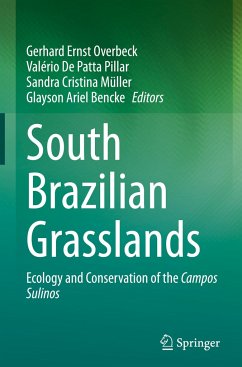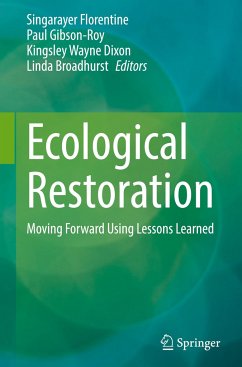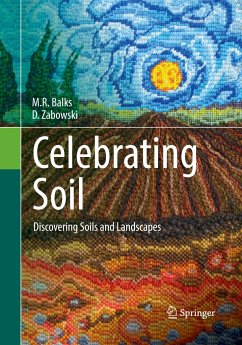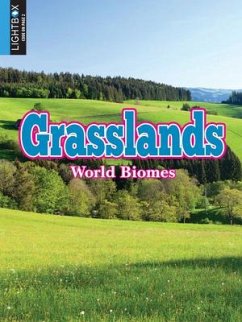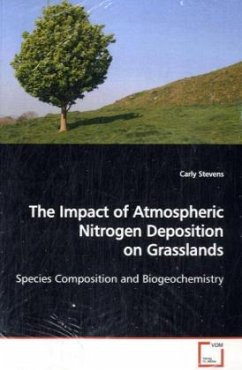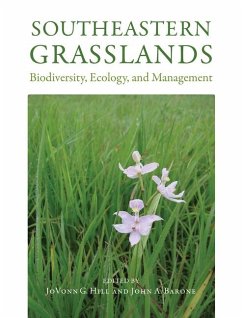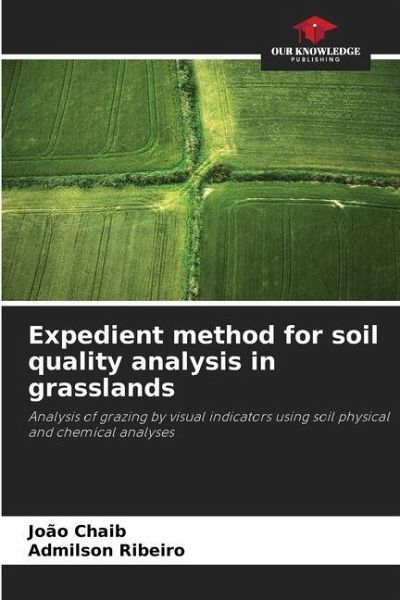
Expedient method for soil quality analysis in grasslands
Analysis of grazing by visual indicators using soil physical and chemical analyses
Versandkostenfrei!
Versandfertig in 6-10 Tagen
27,99 €
inkl. MwSt.

PAYBACK Punkte
14 °P sammeln!
Pasture areas are considered the main use attributed to soil occupation all over the planet. In Brazil, extensive areas are currently being observed in which forest reserves have given way to pastureland, in addition to a large amount of pastureland under inadequate management. This fact may compromise the longevity and productivity of the soil in question, since this system represents significant meat and milk production in the country. The perception of pasture quality can become a tool that allows determining possible management methods of this area aiming at the sustainability and protecti...
Pasture areas are considered the main use attributed to soil occupation all over the planet. In Brazil, extensive areas are currently being observed in which forest reserves have given way to pastureland, in addition to a large amount of pastureland under inadequate management. This fact may compromise the longevity and productivity of the soil in question, since this system represents significant meat and milk production in the country. The perception of pasture quality can become a tool that allows determining possible management methods of this area aiming at the sustainability and protection of the affected environmental resources, such as soil. The present book aimed at proposing an expedite method of scenario analysis of degraded pastures, contrasting the perception of the evaluator with the response of the soil structure analysis, through the geometric mean diameter of aggregates (GAD) and physical indices on the quality of pasture. It was used as study area the pasture under a yellow-red argissolo in a private rural property, located in the municipality of Santo Antônio de Posse- SP.



